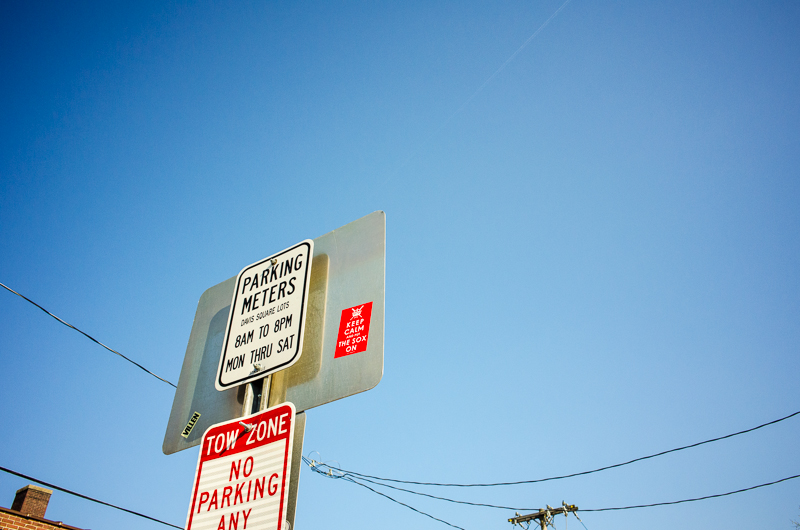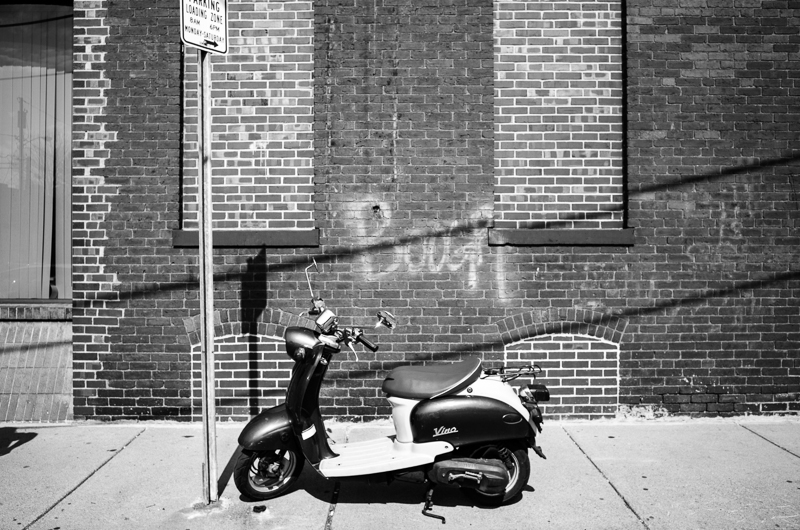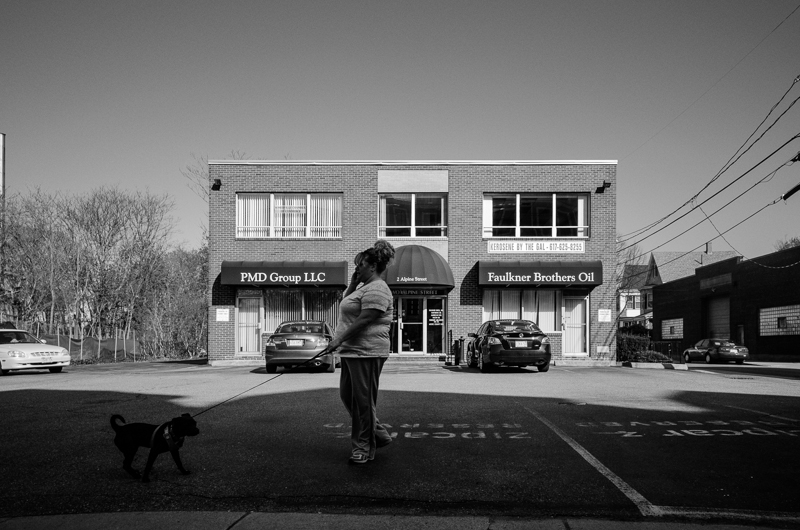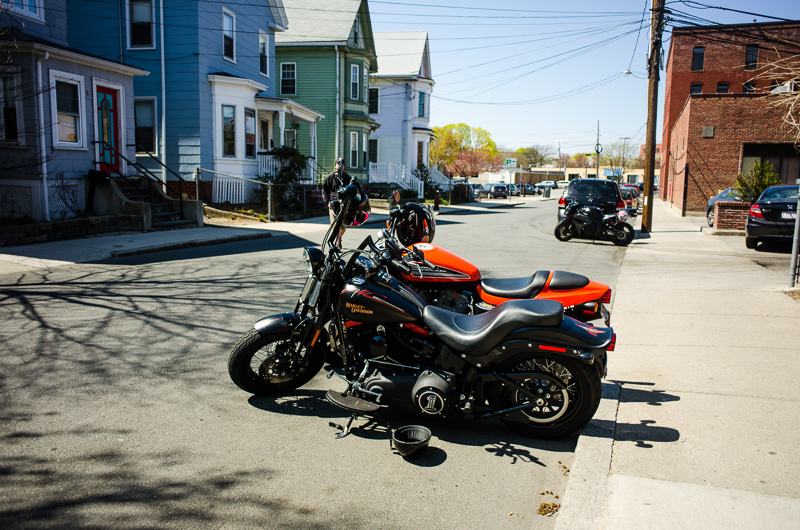The D800 has been a huge success with Nikon in the past year with critical acclaim, and as fantastic as their full frame DSLR’s can be, it can be tiresome to worry about the size and investment if you really like to have a camera by your side all of the time. But a “point and shoot” camera is not necessarily what anyone is looking for either. Something with a decent sized sensor, fast lens, and can fit under a jacket around your neck. A camera that can be tossed into the passenger seat and grabbed at a red light when something bizarre or beautiful catches your eye. You are an enthusiast/semi-professional/professional and reviewing iPhone photos on your computer has become similar to yanking a frozen pizza out of the oven only to catch a glance at the perfect picture on the empty box as you slice the pizza into quarters. We all need this small camera, and Nikon’s answer is the Coolpix A.
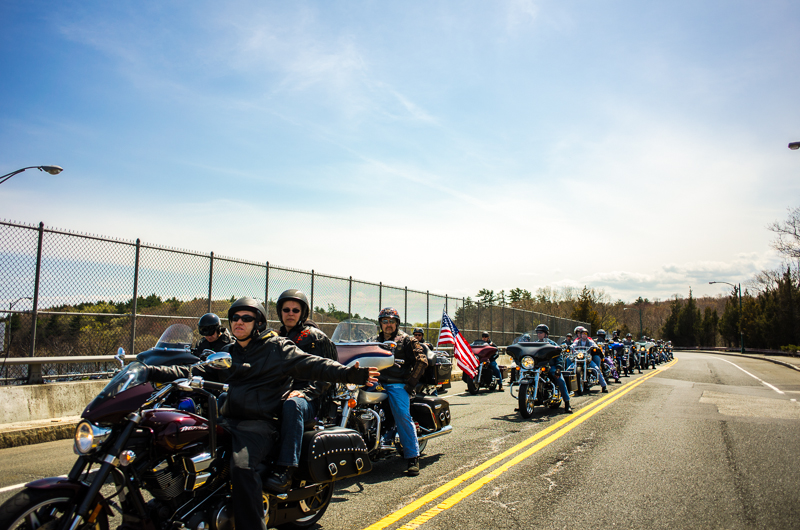
The camera is very small and lens collapses neatly into the camera when it is turned off. The color of my demo model was a light champagne type silver that put my mindset into early 90’s Nikon with it’s aesthetic, and I love it. The camera also comes in black, which is finished similarly to their DSLR’s speckle finish. There’s a little letherette grip on the front of the camera. The shutter button is fairly soft as are most cameras these days, but not cheap feeling. The screen is beautiful and the controls were fairly straightforward. There is an optional optical viewfinder for the hot shoe of the camera that brings the camera right up my alley with it’s look and style.
This camera is also made in Japan – surprisingly.
Up until the Coolpix A, all cameras from Nikon outside of their professional cameras, D800 and D4, were made in Thailand or China. Not to say any of these cameras are poorly made, but if there was not a reason to made anything in Japan (D800, D4) then they would not make their professional cameras in Japan either. You can feel the difference, and the Coolpix A, although not weather sealed, has a solid feel and it does in fact have some weight to it in your hand thanks to the body being comprised of aluminum with a magnesium top plate.
One of my biggest complaints with the camera is simply that there is no built in viewfinder. Using the screen is not awful, but it is far removed from what I am used to. Bright sun posed an issue with me and using the camera manually posed nearly impossible, as I didn’t have a light meter to reference my adjustments to that was easy to see. Not having the ability to pull the camera to my eye was strange as well. Even an electronic viewfinder would have made a world of difference for me. There’s something calming and reassuring about composing through a viewfinder. No outside elements disrupting what you’re doing, all around is blacked out with no distractions. Discreetly shooting is more discreet. Grabbing the camera for a quick shot is much easier. But still, for me having a viewfinder in conjunction with live view on the rear LCD would have amplified my shooting experience up quite a bit.
Picky autofocus is always something to get used to, and if I was forced to describe the Coolpix A’s autofocus in one work, it would be picky. It’s not particularly slow when it finds a point to lock focus, but finding this initial point can be very difficult. Even in bright sun focusing on a subject within 10 feet can be difficult if you aren’t careful. The autofocus thrives on hard contrast on a still subject. Moving subjects pose almost impossible to lock onto. The camera would frequently focus out to infinity even with your intended focus point clearly in the center of the focus point on the camera. This is an issue I have with the original Fuji X100 and the Fuji X-Pro1 so I wouldn’t say the Nikon Coolpix A stands alone in having this issue. And it is something that you aclimate yourself to, and you have to. As if you do not the manual focus is very difficult to attempt with there being really no manual focus assist to avoid using the autofocus.
The sensor is identical to the Nikon D7000 image sensor, with the anti-aliasing filter removed. This filter inherently softens the image, putting another barrier between the lens and sensor, but corrects for moire patterns that can occur. High end camera manufacturers, Hasselblad, Phase One, Leica, have always omitted this filter on their sensors for that extra sharpness and more and more camera manufacturers have begun to follow this trend. Owning Hasselblad and Leica cameras, I have never had an issue with moire patterns to the point where an image is ruined, and rarely do I get moire pattern, however this camera responds differently with moire than what I’m used to. Moire can become very heavy, possibly do to smaller image sensor. This still would not impede me from purchasing this or any camera, as the sharpness is worth the struggle in the end. Adobe Lightroom 4 and DxO Optics Pro 8 both have moire pattern removal for RAW files and would be a necessary investment for 100% hassle free moire removal. The detail that can be had with the files out of this camera is fantastic and is absolutely worth losing the anti-aliasing filter.
As helpful as megapixels seem, having an image that’s inherently soft at 100% is a drag. Files out of the Coolpix A have an incredible amount of sharpness requiring no post sharpening. The lens and sensor combination is clearly optimized for each other and they play well together. Even wider shots of scenes zoomed to 100% on screen have a huge amount of sharp detail. I could see this camera being a solution for many landscape/travel photographers, hikers, bikers and kayakers alike.
The lens on the Nikon Coolpix A is a fixed 28mm equivalent with an F2.8 aperture. The lens overall gives a great detail. There is a fair amount of vignetting from the lens, although easily corrected in Lightroom, it does not necessarily bother me a great deal. Lens distortion became a little more problematic for me, compared to a kit lens at it’s widest part, it’s fiarly . If a piece of interest enters into any of the 4 corners of the frame, distortion gets fairly wild. I typically don’t shoot this wide myself, so it was actually a great deal of shell shock I was dealing with. How compact it becomes balances out it’s mild short comings and anyone who enjoys shooting with wide angle lenses will absolutely love dealing with this focal length on a regular basis.
The files out of the camera have an interesting look, not dissimilar to what you would expect from a higher end professional Nikon camera. It’s not comparable to a D800 or D4 in terms of detail or dynamic range, but the color is very similar I find; they are indeed all related. The files loaded into Lightroom 4 are easy to work with and the color does not demand tweaking as some other cameras I have dealt with do.
Journalists looking for small compacts for top quality images and high definition videos now have a solution. Even cameras in this category would garner complaints from journalists as being too large and bulky, and with many journalists having to shoot a lot of their own stories in this new media age, this is really a great solution to having even an inexpensive DSLR.
A camera of this size is a huge convenience. I believe it’s the smallest camera available with an APS-C sized sensor, and aside it’s autofocus shortcomings I could see this in a jacket pocket, riding across country on a motorcycle. You can turn the camera on and shoot with one hand quickly and easily. With the wireless WU-1a adapter you can transfer files immediately to your phone or tablet for upload. Blogging, Twitter and Instagram are now amplified exponentially in the quality of images.
If you’d like to order a Nikon Coolpix A for yourself, you can see the black Nikon Coolpix A here or the beautiful champagne “silver” finish here. Feel free to email me directly for any further information – tkennedy@wbhunt.com.
